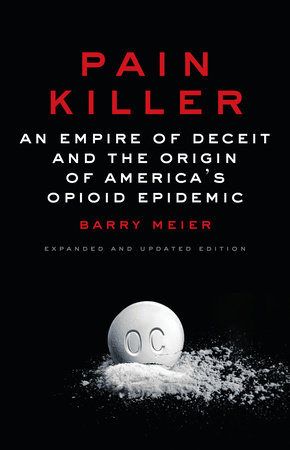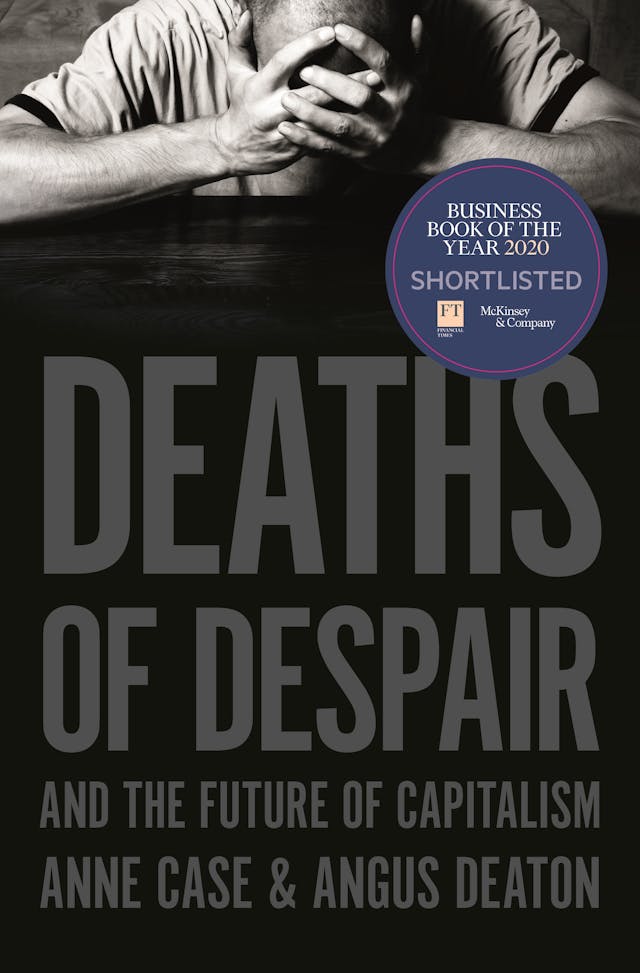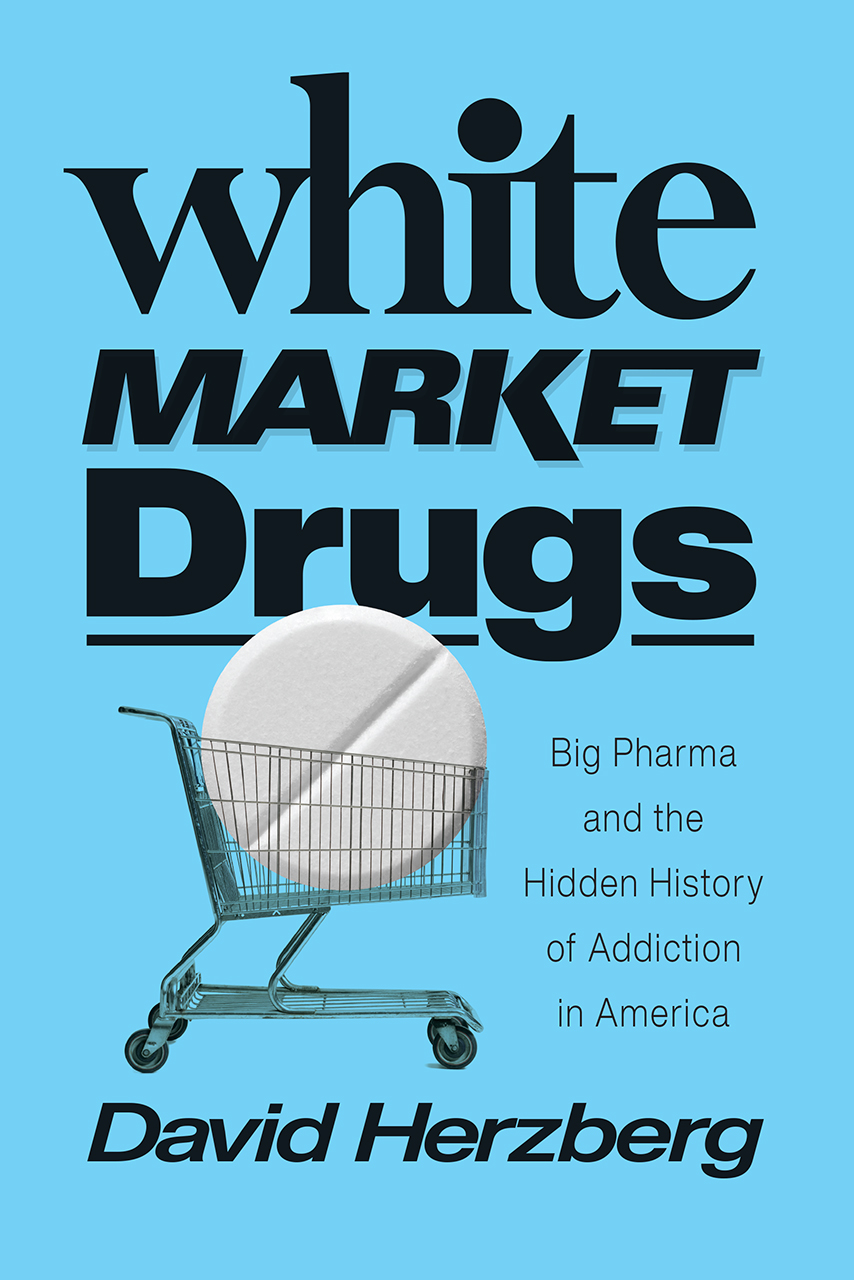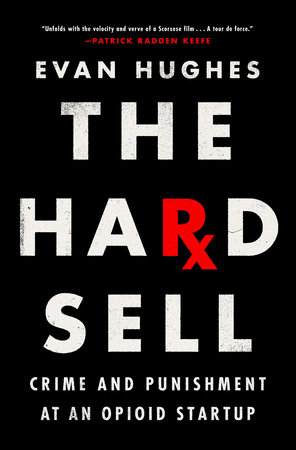DOPESICK: Dealers, Doctors & the Drug Company that Addicted America
In 2018, an opioid epidemic that began two decades earlier with OxyContin finally seized the nation’s attention. Over 250,000 Americans had died from overdoses involving prescription painkillers. Every day, hospital emergency rooms nationwide treated 1,000 people for abusing or misusing these drugs. Prescriptions written for narcotic painkillers—and overdoses associated with the drugs—had started to slowly decline. But counterfeit versions of fentanyl were rapidly driving up the overall numbers of overdose deaths.The more you know about it, the more you get concerned about how this tragic epidemics could have been avoided. The details explained in a book written 15 years ago, and reedited now, are horrendous.
The connection between pharma sales promotion, lobbying and an inappropriate regulation is a dramatic story that has a known outcome: 65,000 deaths a year from addiction to oxycodone and fentanyl.
The “opioid crisis” is actually two separate crises, each with its own causes and solutions. One involves illegal narcotics, such as counterfeit fentanyl, and requires the attention of law enforcement as well as compassionate treatment for those addicted to these lethal drugs. The other crisis lies in the medical use of opioids, and its solution is much easier. There is no question that opioids, particularly when used at low dosages, work for some patients who can’t otherwise find relief. But if companies value their employees, if governments want to reduce the number of people addicted to opioids, if doctors want the best for their patients, then a new approach to the treatment of pain must become a priority. Many experts believe that most types of pain can be successfully treated with methods popular before the opioid era began, such as physical therapy, exercise, behavior modification, and non-narcotic drugs. Many institutions have begun to adopt these methods, and federal officials recently recommended that doctors limit opioid dosages and switch to another type of treatment, rather than raise the dosage, if patients don’t respond. Some states have taken the more draconian step of limiting the number of opioids a doctor can initially prescribe, to just a few days’ supply.
For two decades, drug companies such as Purdue used pain patients as shields and surrogates to advance their corporate interests. For pain treatment to change, patients will need to fight to put their concerns ahead of these interests, and doctors, employers, hospitals, and other institutions have to become fierce advocates for treatments outside the flood of narcotics that has proved so profitable and expedient for drugmakers and insurers. The lesson of the past two decades is a clear one. Change is not optional. It is essential if we are to alter the cascade of death, addiction, and despair that is now a fundamental part of American life.In another recent book, you'll find the emotional side of the loss, how mothers lost their sons and the impact. Both books illustrate a national emergency that the government has recognised now, after two decades!
PS. Latest article in FT
PS. If you want to know what's going on in our country check this report. Five years growth in publicly funded opioid drugs: 45%!!!. Public health officials and prescribing physicians should read both books before it is too late.







